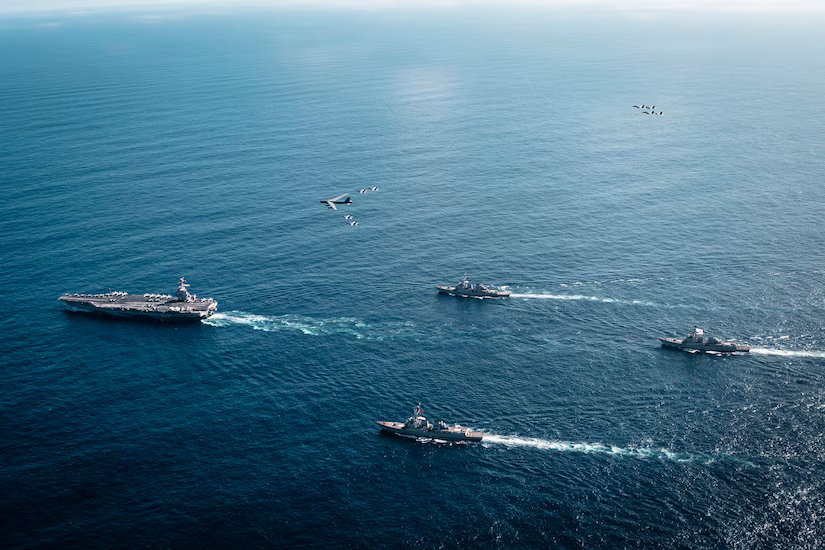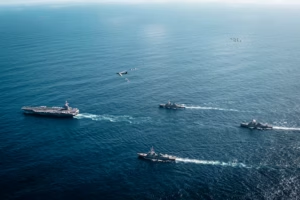Race and (In)Justice in Policing
by Tila Neguse, Friends Committee on National Legislation
It’s important not just to focus on the equipment. This is about a child who lost his life because the police think it’s okay to shoot black men. The militarization of police is just a continuation of over-policing in black neighborhoods, but if they didn’t have the tanks or tear gas, I’m afraid their response may have been the same.
It doesn’t surprise me that the ACLU found that equipment from this program disproportionately affects communities of color. [Michigan] Senator Levin said that the program was intended “to keep police officers safe from heavily armed drug gangs and terrorists.” [emphasis added] The program is tied to the “war on drugs,” and to me that makes the whole idea problematic.
The war on drugs and on crime in general has contributed to a depiction of black people, of black men, as dangerous and violent and criminal, which in turn, affects the way the police interact with these communities. People in general—and the police specifically—are afraid, and they respond with violence. There’s this conflation of “crime” with “black people” and it leads to all these problems like we saw in Ferguson. The media coverage of Ferguson has been very upsetting to me. It’s all about the riots, the looting— again contributing to that image of the black violent criminal and deflecting from the real issues.
To read the entire piece, please see the Friends Committee on National Legislation newsletter













